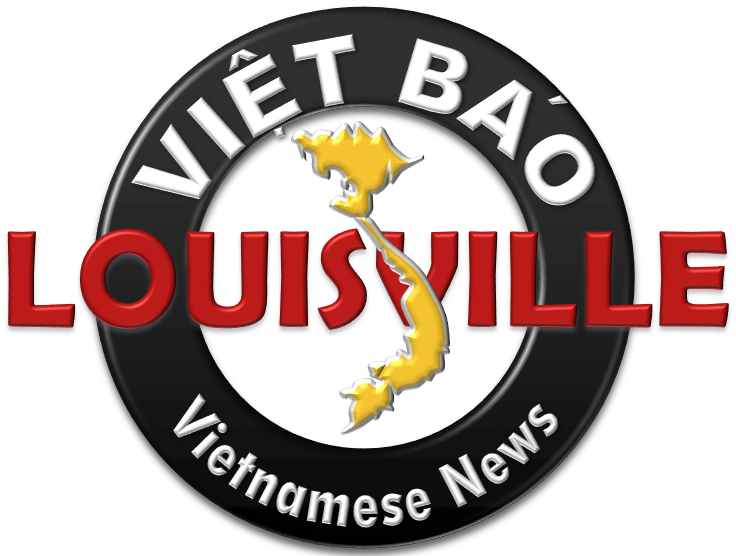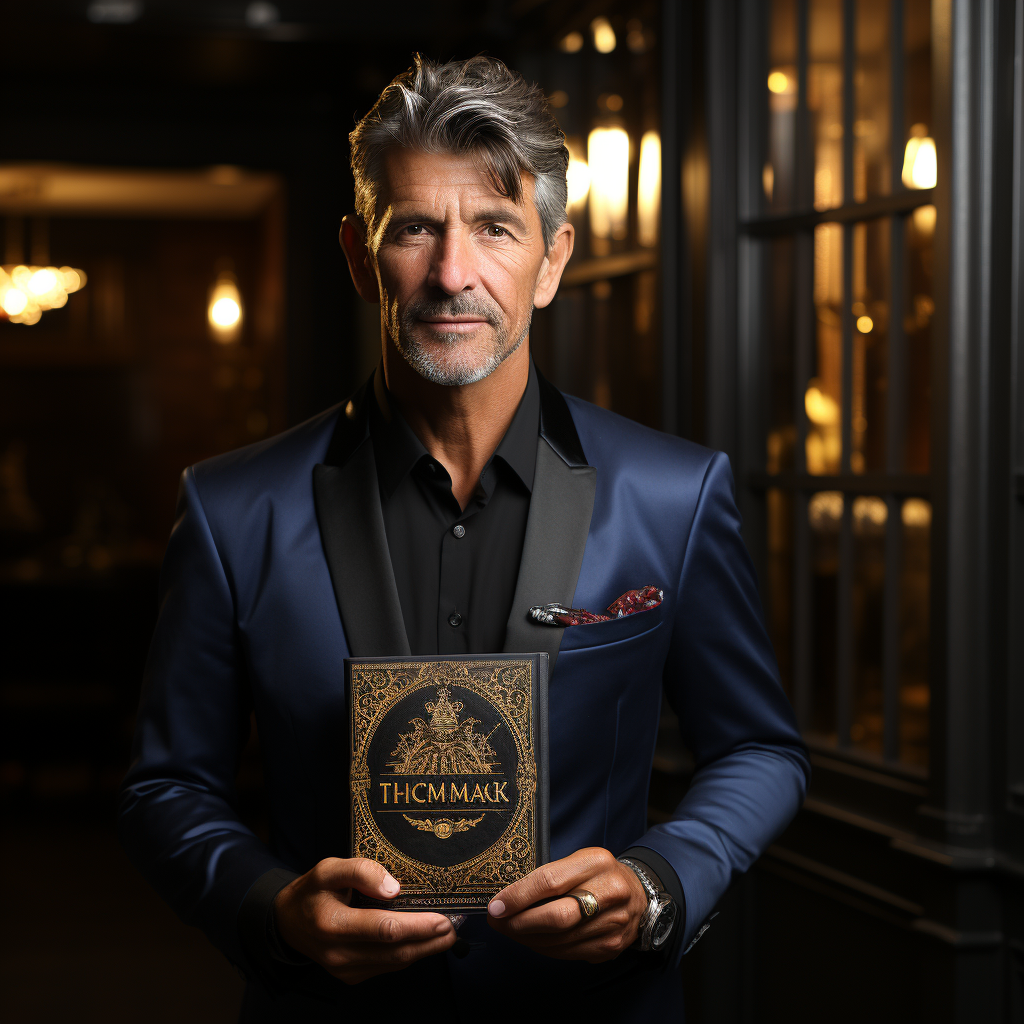The human experience is fraught with challenges. These challenges can range from simple everyday inconveniences to life-altering events. Many spiritual and philosophical traditions have contemplated the role of these challenges in personal growth and development. A modern-day exemplar of this perspective is Di Tran, author of “Drop the Me and focus on the others.” Tran’s statement, “God, I pray to be uncomfortable, for I know you work me to be stronger. I also pray that there’s no the same uncomfortability in any days, for it means I overcome every single one of them every day at a certain level,” offers profound insights into the power of embracing discomfort for personal growth. In this article, we delve into the philosophy behind this statement and its implications for personal and societal transformation.
The Strength in Discomfort
Di Tran’s words echo a sentiment found in various religious and philosophical traditions: growth comes from challenges. As the old adage goes, “No pain, no gain.” This concept is not new. Friedrich Nietzsche, in his book “Thus Spoke Zarathustra,” stated, “What does not kill me makes me stronger.”1 Nietzsche believed that confronting and overcoming adversity can lead to greater personal strength and resilience. Di Tran’s statement reflects a similar philosophy but emphasizes a more active and conscious embrace of discomfort.
The Dynamic Nature of Growth
By praying that there’s “no the same uncomfortability in any days,” Di Tran emphasizes the dynamic nature of personal growth. This sentiment is mirrored by John Dewey, an American philosopher, who believed that education and personal growth are processes of continual reconstruction.2 According to Dewey’s “Democracy and Education,” one should always be in the process of becoming, constantly evolving, and adapting to new challenges. In this light, Di Tran’s prayer is a plea for continuous evolution, ensuring that every day presents new challenges and, therefore, opportunities for growth.
Overcoming and Advancing
The final part of Tran’s statement, which speaks to overcoming challenges every day “at a certain level,” speaks volumes about the incremental nature of personal development. As James Clear aptly writes in “Atomic Habits,” small changes can lead to significant results over time.3 Clear posits that if you can get 1% better every day, the compounded effect will be monumental in the long run. Di Tran’s philosophy aligns with this, suggesting that each day’s challenges, no matter how small, contribute to our overall growth and development.
Conclusion
Di Tran’s poignant statement in “Drop the Me and focus on the others” resonates deeply with many philosophical and spiritual teachings throughout history. By embracing discomfort and actively seeking out new challenges daily, we set ourselves on a path of continuous growth and evolution. As we face and overcome these challenges, we not only strengthen ourselves but also inspire those around us to do the same. In a world that often shies away from discomfort, Di Tran’s words remind us of its intrinsic value in forging stronger, more resilient individuals.
Morning Affirmations:
- “Today, I welcome discomfort, for it is the catalyst to my growth and strength.”
- “Each challenge I face today is an opportunity to evolve and better myself.”
- “I am on a dynamic journey of continuous growth and self-discovery.”
- “Every moment, every challenge, pushes me to be the best version of myself.”
- “I embrace the lessons of today, knowing they shape my path forward.”
Night Affirmations:
- “I am grateful for the challenges of today, for they have made me stronger.”
- “Each discomfort I faced today was a stepping stone towards my higher self.”
- “As I rest, I reflect on today’s lessons, ready to evolve further tomorrow.”
- “I overcome and grow daily, and I am proud of my progress.”
- “The universe supports my journey, and every challenge is a gift of growth.”
References:















